
Water Retention: Understanding, Managing, and Reducing Swelling
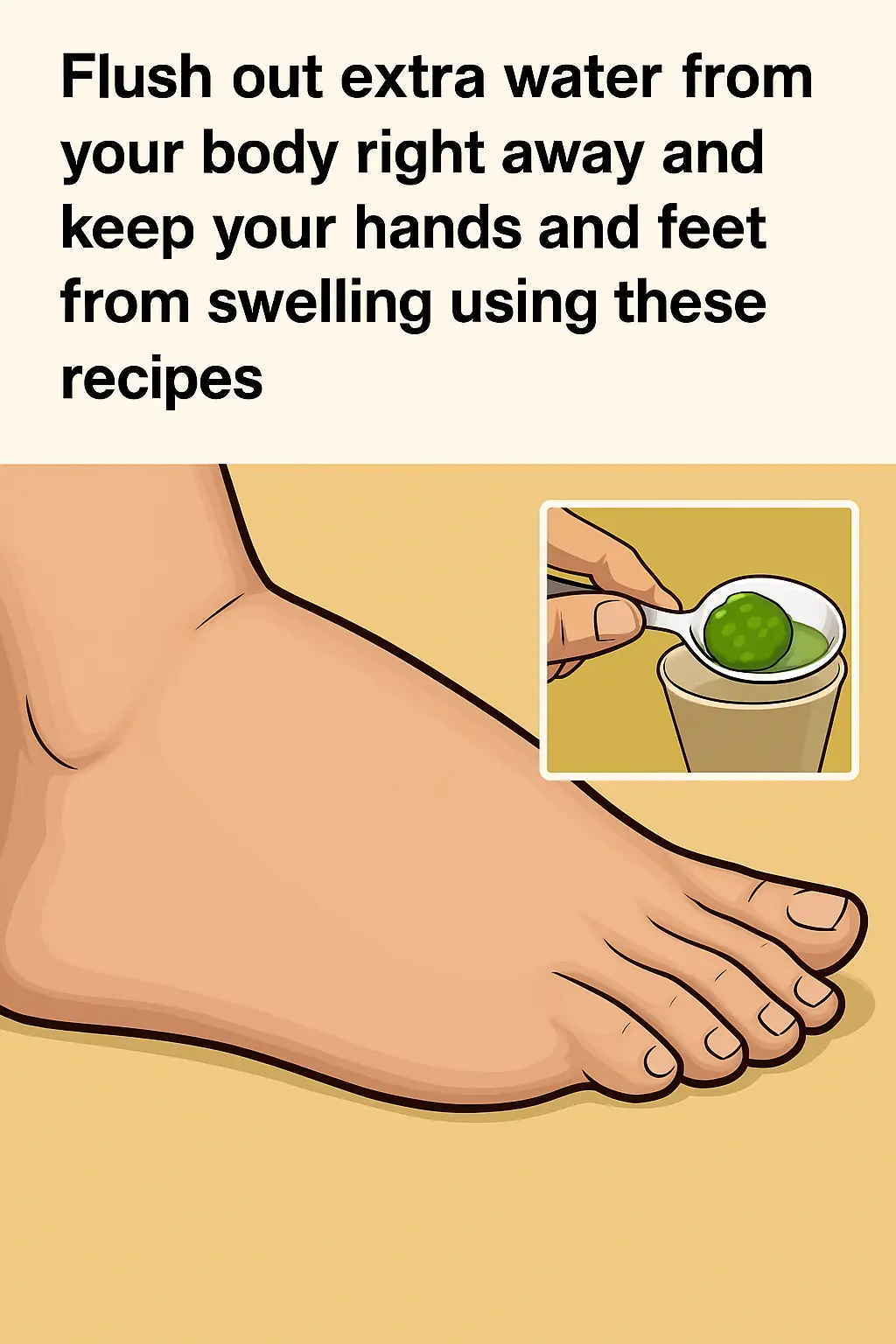
Water retention, or edema, occurs when excess fluids accumulate within the body, often leading to noticeable swelling in areas like the hands, feet, ankles, and legs. Although it is usually temporary, persistent water retention can be uncomfortable and may indicate underlying health issues. By understanding the causes, symptoms, and management strategies, you can maintain better health and minimize discomfort.
Causes of Water Retention
Water retention can arise from various factors, including excessive sodium intake, hormonal fluctuations, certain medications, a sedentary lifestyle, and conditions like heart or kidney disease. Identifying the root cause of fluid buildup is crucial for determining the best approach to relieve symptoms and prevent recurrence.
Symptoms of Swelling in Hands and Feet
Common signs of water retention in the hands and feet include puffiness, a feeling of stiffness, and a heavy sensation. The skin might appear stretched or shiny. In more severe cases, pressing on the swollen area can create an indent. Recognizing these symptoms early can help prevent further discomfort and guide effective treatment.
The Role of Hydration in Preventing Water Retention
Although it may seem counterintuitive, staying hydrated is essential in preventing water retention. When the body senses dehydration, it tends to hold onto more water as a protective mechanism. Drinking enough water ensures proper kidney function, helping the body flush out excess sodium and toxins, which can, in turn, reduce fluid retention.
Dietary Changes to Combat Water Retention
Certain dietary changes can significantly impact the amount of fluid retained by the body. Reducing sodium intake, increasing potassium-rich foods, and avoiding processed foods filled with preservatives and additives can help prevent fluid buildup. A balanced diet filled with fruits, vegetables, lean proteins, and healthy fats is crucial in supporting overall health.
Foods That Promote Fluid Elimination
Several foods naturally help reduce fluid retention by promoting urine production. These include cucumbers, watermelon, celery, and citrus fruits. Additionally, potassium-rich foods like bananas, avocados, and sweet potatoes play a key role in balancing your body's fluid levels.
Herbal Teas for Reducing Swelling
Herbal teas such as dandelion tea, green tea, and parsley tea have diuretic effects, helping to flush out excess fluid. Drinking one or two cups daily can assist in reducing swelling and bloating, particularly in the hands and feet.
Epsom Salt Soaks for Relief
Epsom salt baths can be an effective way to ease swelling. The magnesium sulfate in Epsom salts helps draw out excess fluid and reduce inflammation. To make an Epsom salt soak, dissolve ½ cup of Epsom salt in a basin of warm water, and soak your hands or feet for 15-20 minutes a few times a week for relief.
Anti-Inflammatory Smoothie Recipe
A smoothie rich in anti-inflammatory ingredients can be a great addition to your daily routine. Here's a simple recipe: Blend 1 cup of kale, 1 cup of pineapple chunks, ½ cucumber, 1 tablespoon of chia seeds, the juice of ½ lemon, and 1 cup of coconut water. Enjoy this nutrient-packed smoothie in the morning to start your day with a hydrating and anti-inflammatory boost.
Natural Diuretic Drink Recipe
This natural diuretic drink can help flush out excess fluids and support hydration. Combine 1 cup of watermelon, ½ cucumber, ½ cup of cranberry juice, and the juice of 1 lemon in a blender. Blend until smooth and drink it in the morning or early afternoon to maximize its diuretic effects.
Hydrating and Detoxifying Soup Recipe
A hydrating and detoxifying soup can aid in reducing water retention. Here’s a simple recipe: Sauté 1 chopped onion and 3 minced garlic cloves in 1 tablespoon of olive oil. Add 4 cups of low-sodium vegetable broth, 1 cup of chopped celery, 1 cup of chopped carrots, 2 cups of spinach, and 1 tablespoon of fresh parsley. Simmer for 20-25 minutes and season with salt and pepper to taste. This delicious soup helps eliminate excess water and toxins from your body.
Lifestyle Changes to Prevent Water Retention
Incorporating healthy lifestyle changes can help prevent fluid buildup. Regular exercise promotes circulation and reduces the risk of water retention. Elevating your legs, wearing compression stockings, and maintaining a balanced diet can all improve fluid regulation. Additionally, managing stress and getting adequate sleep are important for maintaining optimal fluid balance.
Conclusion: Achieving Balanced Fluid Levels
Maintaining a proper fluid balance is essential for overall health and well-being. By understanding the causes and symptoms of water retention and adopting dietary, lifestyle, and natural remedies, you can effectively manage and reduce swelling. Staying hydrated, eating a balanced diet, and making informed health decisions are all critical steps in achieving and maintaining healthy fluid levels.
News in the same category

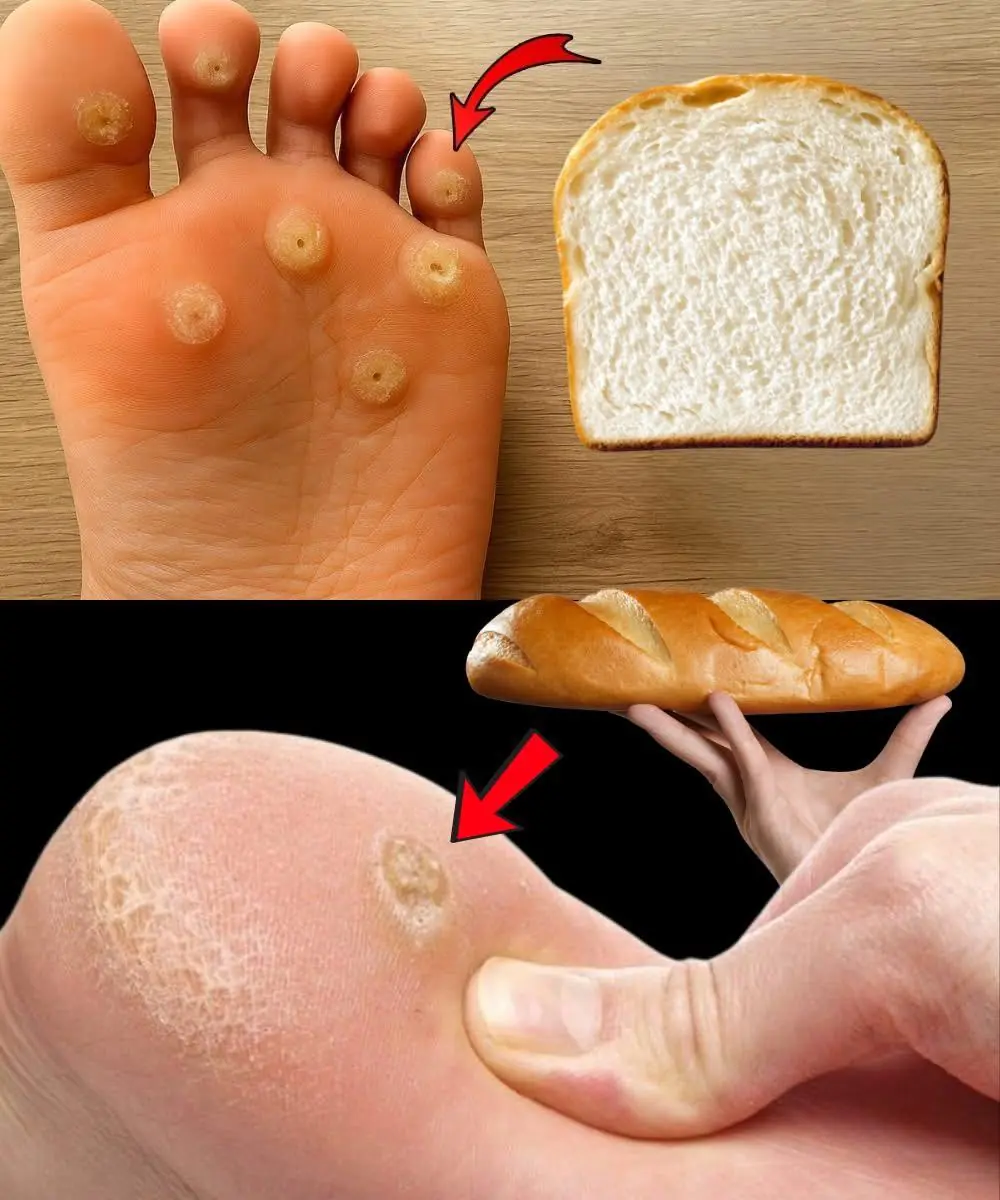
Spread Bread on Your Feet and Forget Spending More at the Market!
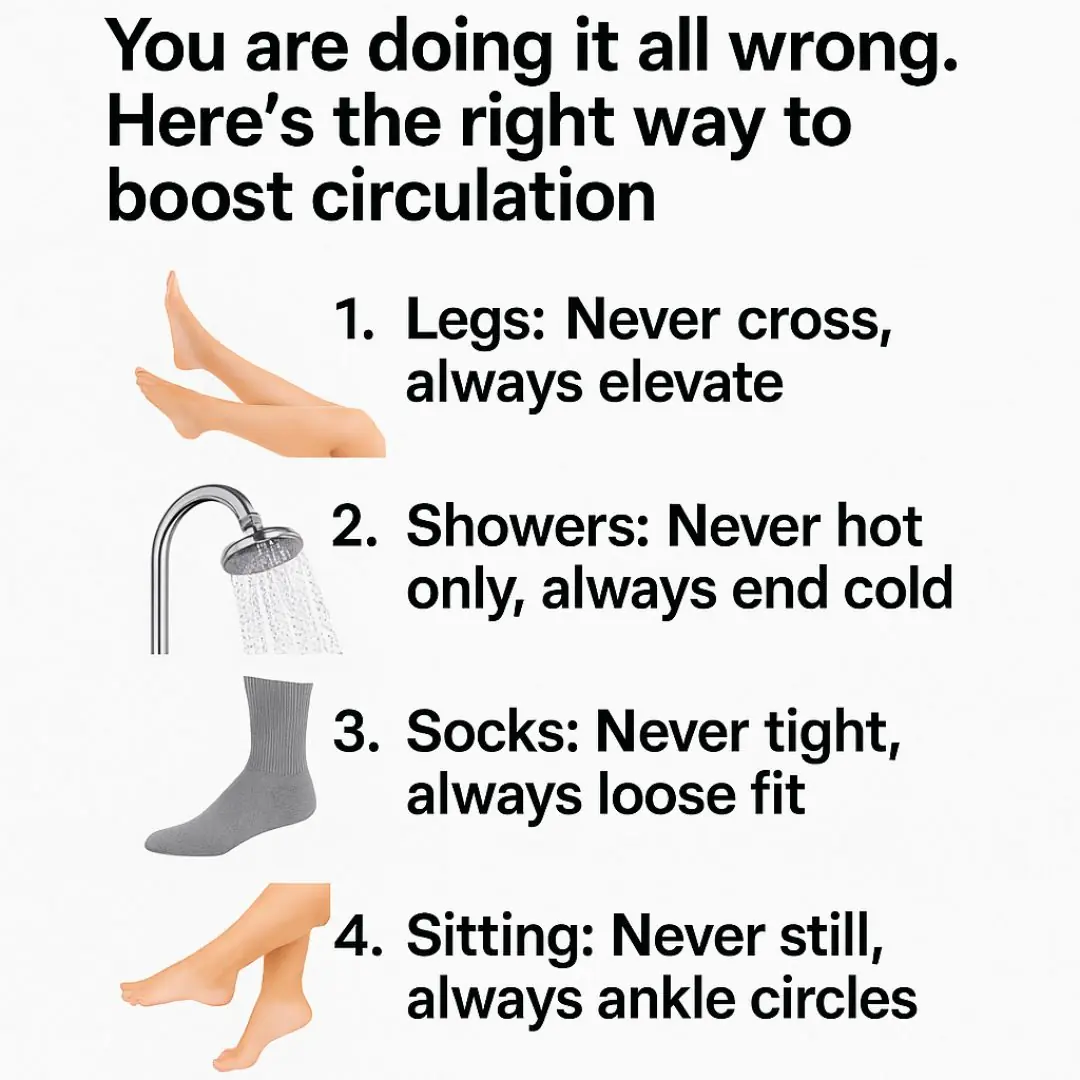
You are doing it all wrong. Here's the right way to boost circulation

10 Must-Do Tips to Protect Your Kidneys for Life

Top 10 Super Drinks to Support Kidney Health and Ease Proteinuria Naturally

10 Morning Drinks to Boost Kidney Health

Unlock the Korean Beauty Secret: A 10-Minute Face Mask to Turn Back Time

Unlock the Power of One Garlic Clove a Day: 11 Life-Changing Benefits Await

The Astonishing Secret Seniors Are Using to Reclaim Their Vitality with Baking Soda

The Hidden Dangers of Your Sleeping Position: Are You Sabotaging Your Health Every Night?
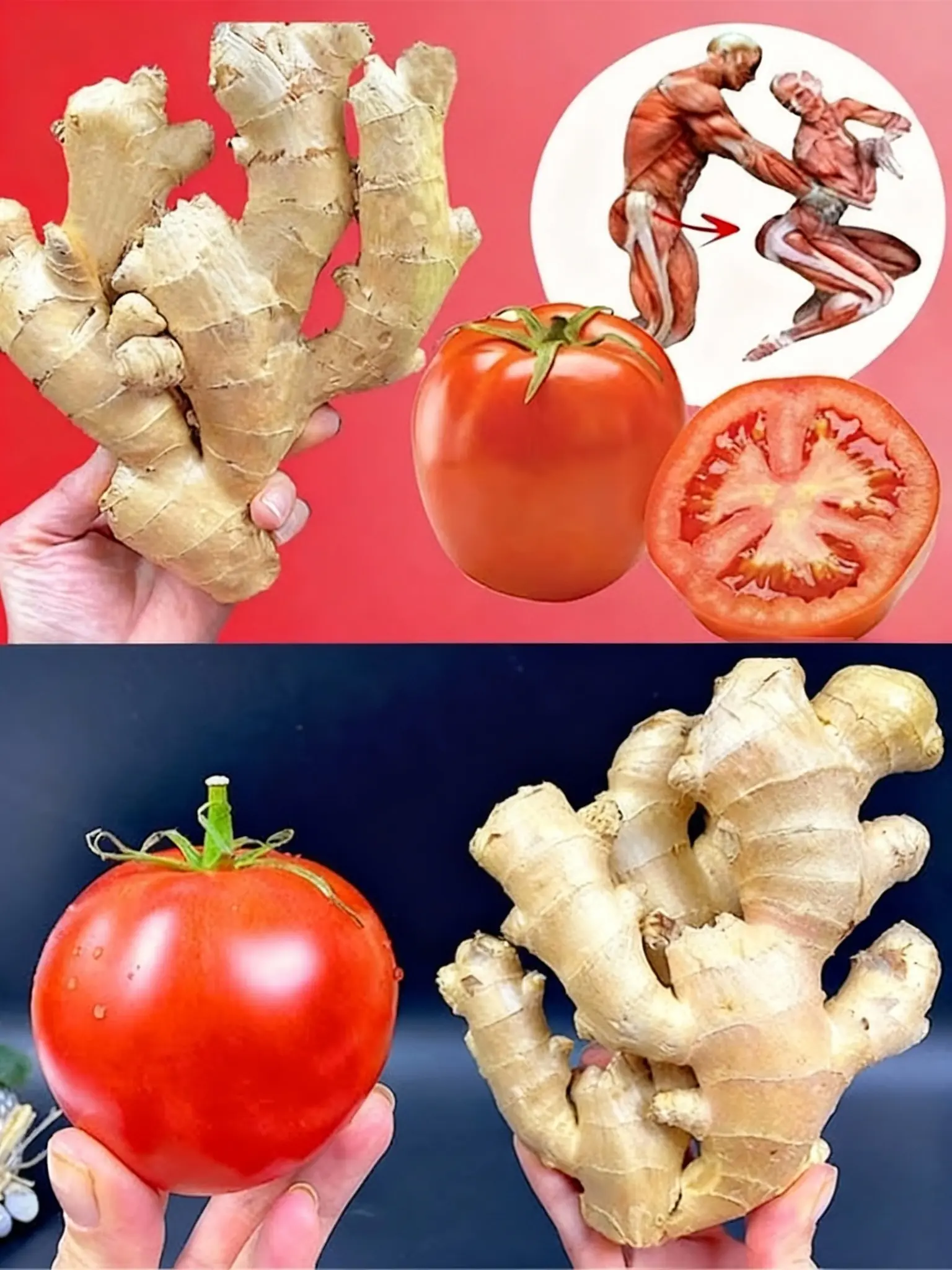
Unleash Your Inner Powerhouse: The Ginger & Tomato Elixir for Unstoppable Energy

Thyme: The Tiny Herb with Big Healing Power in 2025 🌿✨

How to Know If Your Avocado Is Perfect — Just by Checking the Stem!

Juniper Berries: Ancient Remedy for Digestion, Immunity & Cleansing
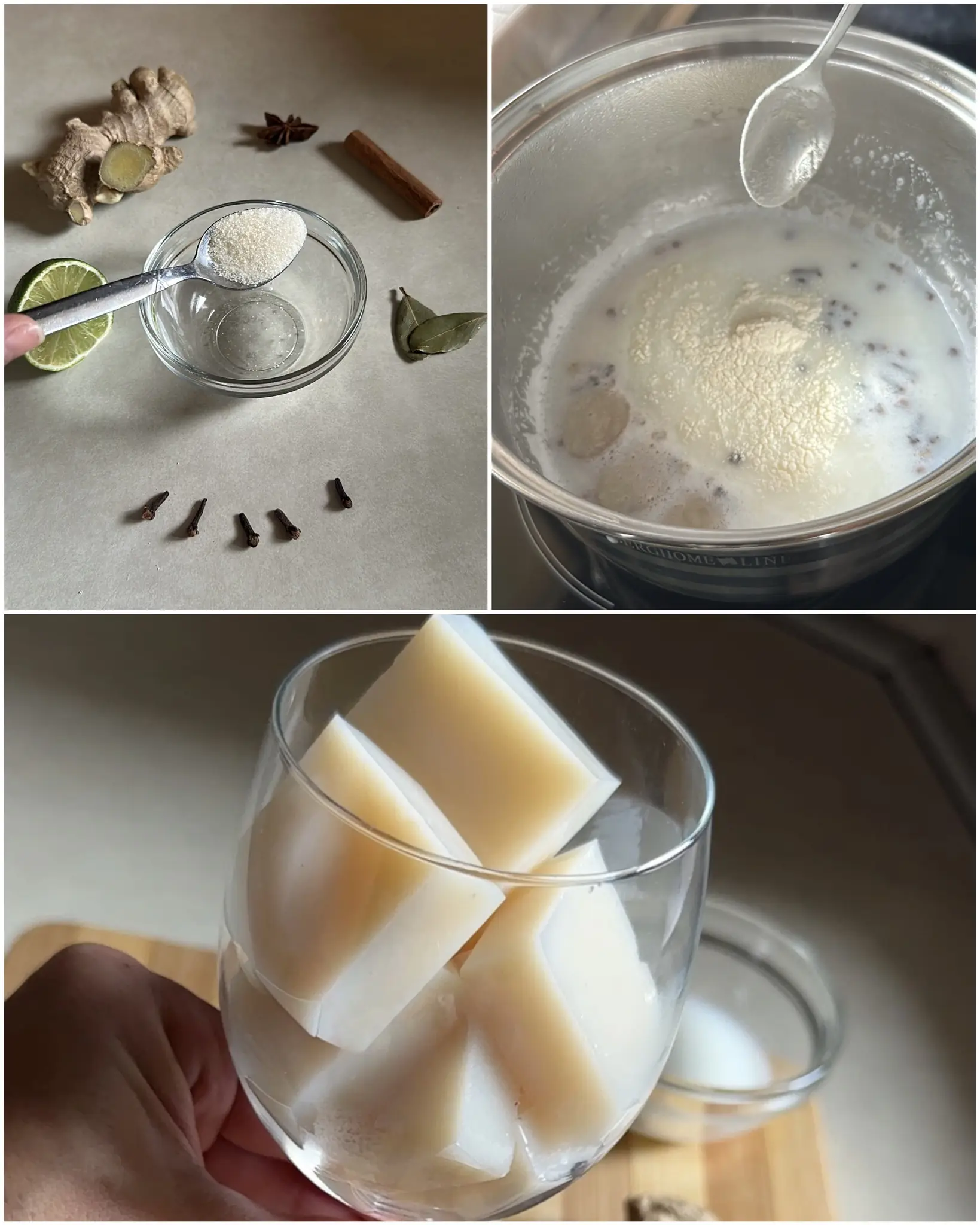
Coconut Milk & Gelatin Cubes – A Traditional Remedy Turned Delicious Health Booster
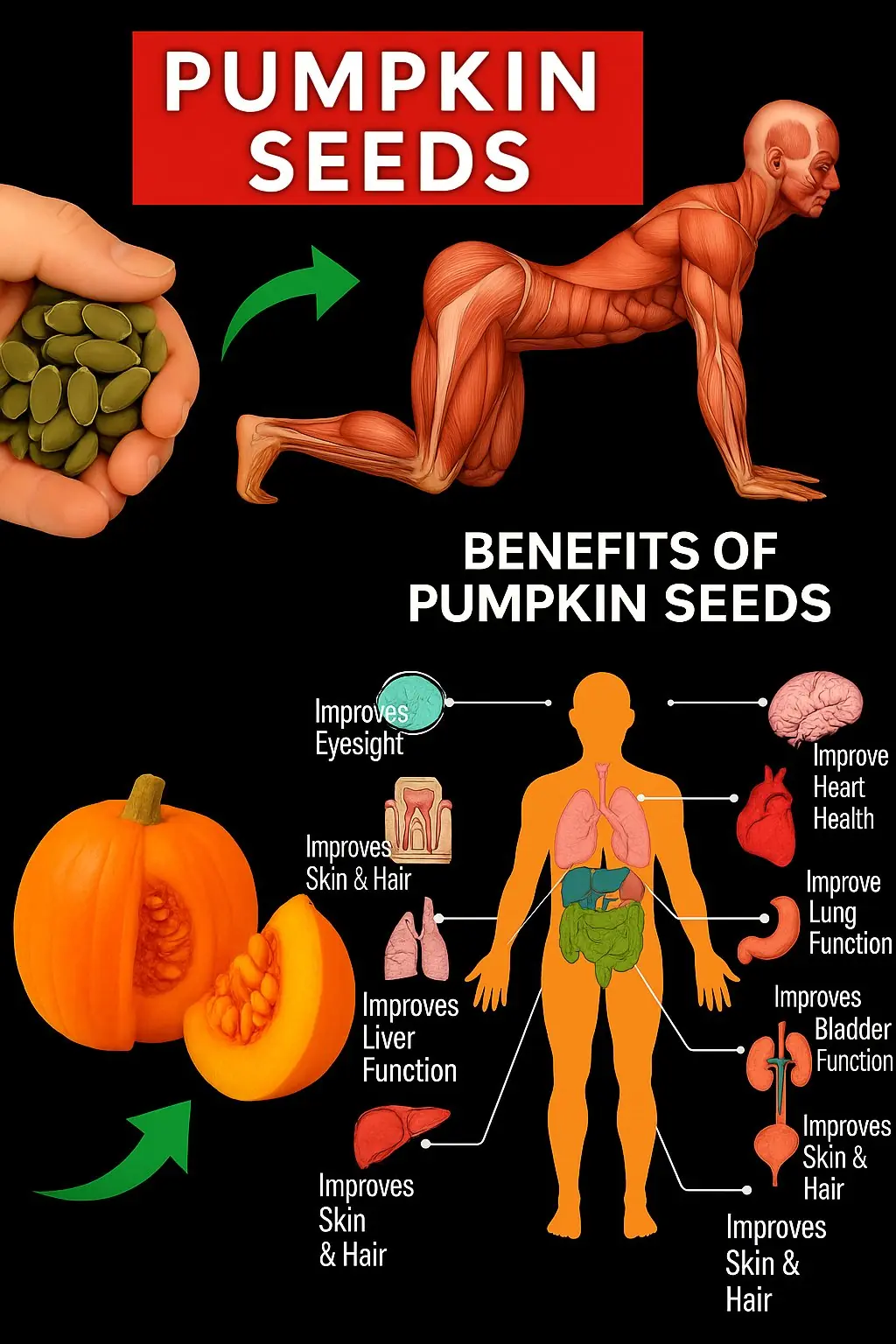
Pumpkin & Pumpkin Seeds: A Natural Remedy for Health

23 Weird Signs of Kidney Disease You Might Miss
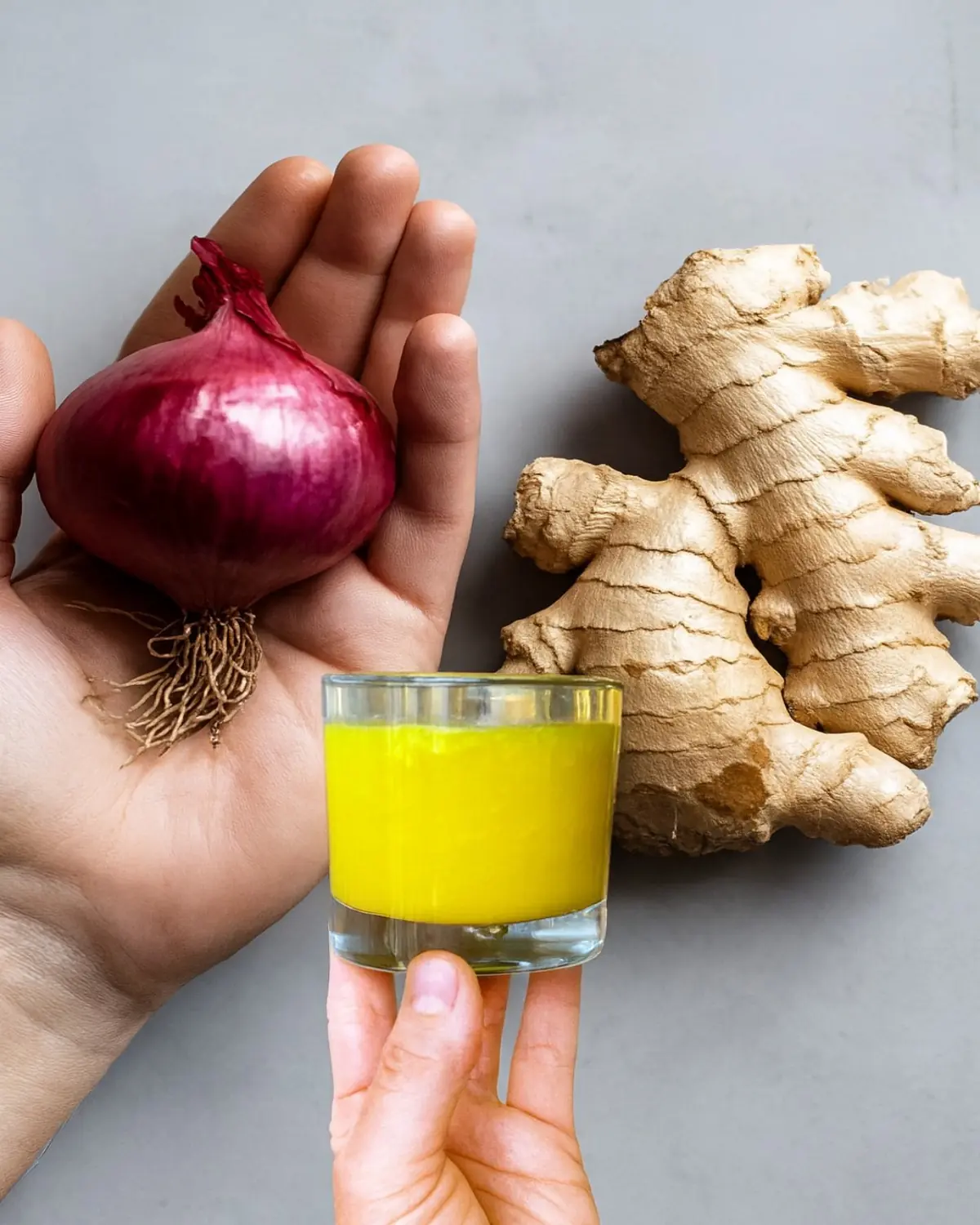
Onion and Ginger Juice for Natural Health and Immunity
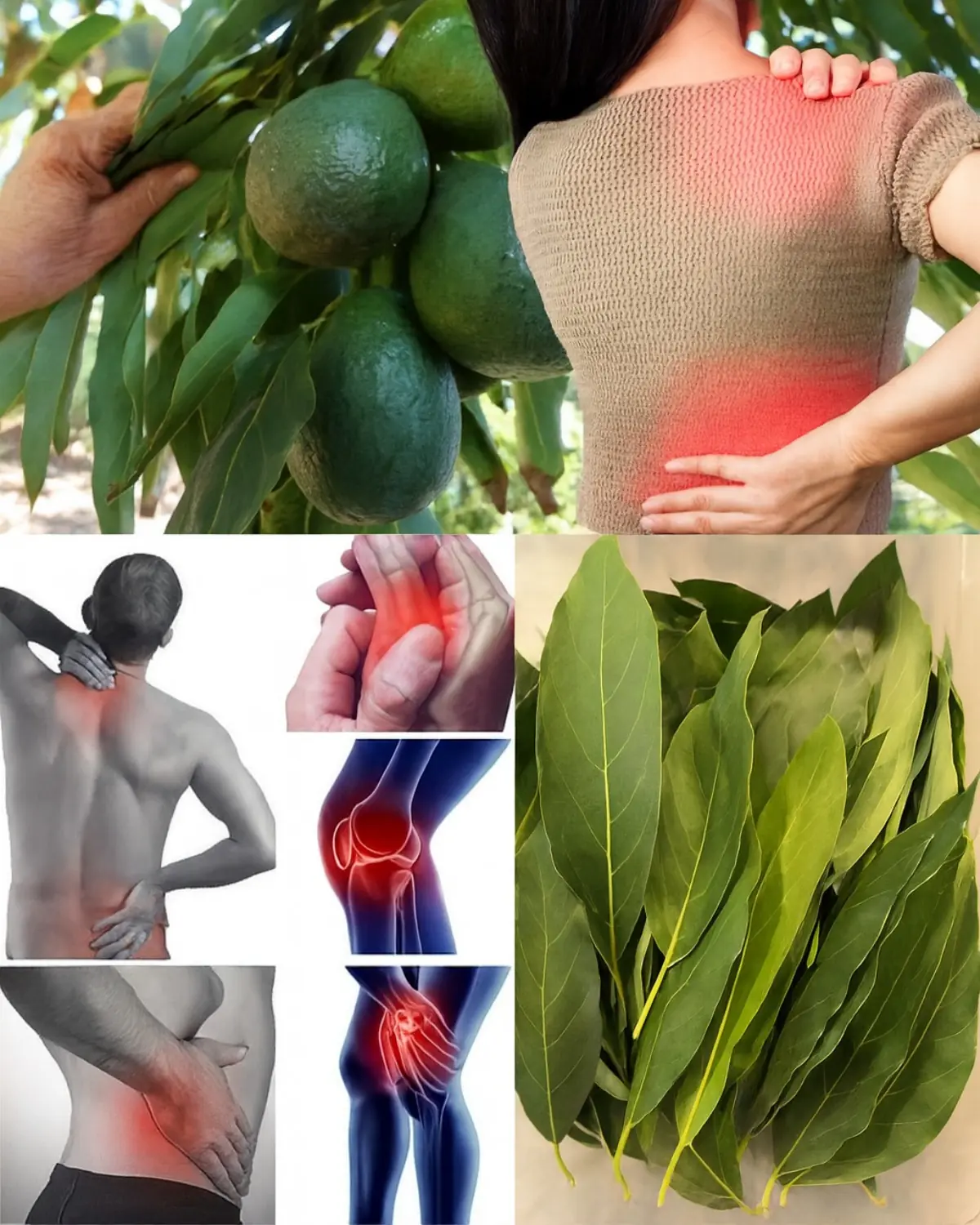
Avocado Leaves as a Natural Ally for Pain Relief

23 Weird Signs of Kidney Disease Most People Will Miss!
News Post

Apply Just a Few Drops of Castor Oil on These Spots Every Day – 15 Health and Beauty Problems Solved

Spread Bread on Your Feet and Forget Spending More at the Market!

You are doing it all wrong. Here's the right way to boost circulation

10 Amazing Ways To Use Vaseline For Wrinkle-Free, Clear, Glowing Skin

10 Must-Do Tips to Protect Your Kidneys for Life

Top 10 Super Drinks to Support Kidney Health and Ease Proteinuria Naturally

10 Morning Drinks to Boost Kidney Health

Unlock the Korean Beauty Secret: A 10-Minute Face Mask to Turn Back Time

Unlock the Power of One Garlic Clove a Day: 11 Life-Changing Benefits Await

The Astonishing Secret Seniors Are Using to Reclaim Their Vitality with Baking Soda

The Hidden Dangers of Your Sleeping Position: Are You Sabotaging Your Health Every Night?

Unleash Your Inner Powerhouse: The Ginger & Tomato Elixir for Unstoppable Energy

Thyme: The Tiny Herb with Big Healing Power in 2025 🌿✨

Google Grants a Special Birthday Wish from a Little Girl

Google Grants a Special Birthday Wish from a Little Girl

Charlie Kirk Honored with the Presidential Medal of Freedom on His Would-Be 32nd Birthday

Haiti’s “Mud Cookies”: A Harrowing Symbol of Hunger and Resilience

How to Know If Your Avocado Is Perfect — Just by Checking the Stem!

Pagpag: A Harsh Symbol of Survival Amid Poverty in the Philippines
